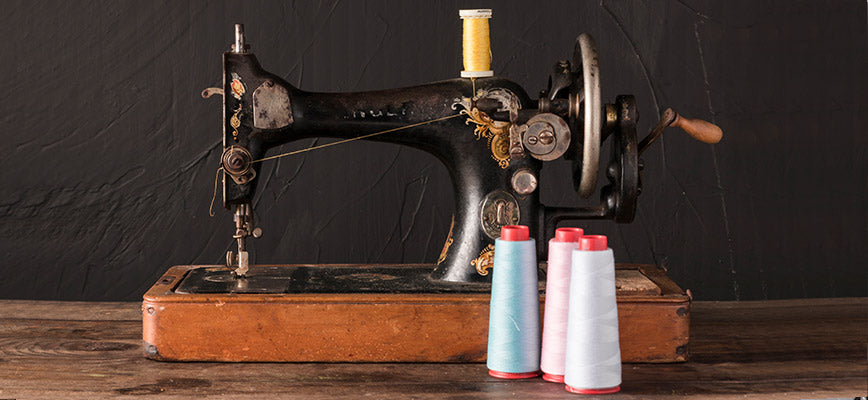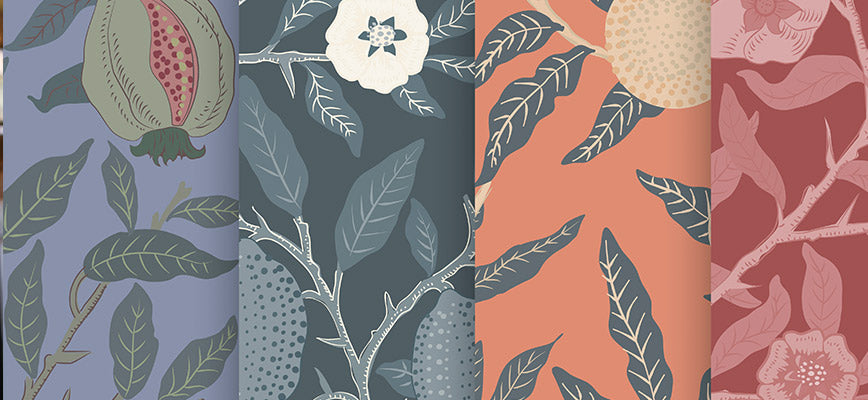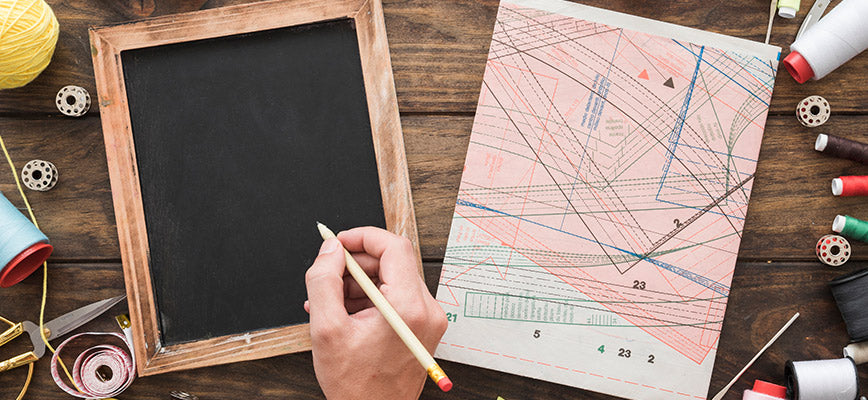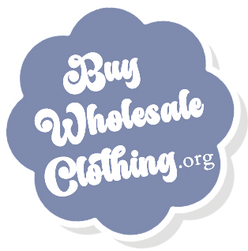Guide to Sewing Your Own Clothing
Want to sew your own clothing and quilts but don't know where to start? Let's explore all the tools and components needed to begin sewing today.
First things first, let's talk about the most important element: the sewing machine.
Sewing Machine

The sewing machine will be your most prized possession and its where we start our journey.
If you're on a shoestring budget then take your time and check out multiple vendors including Hobby Lobby, Singer or your local Walmart to find a good deal. Sewing machines are pricey but remember, you get what you pay for. If you invest in nothing else, start with a great sewing machine that will last a life time.
Now let's talk sewing supplies:
Fabric scissors – Sharp as a razor and ready to cut through yards of fabric like a hot knife through butter.
Humble pins - Holding your fabric pieces is crucial.
Stitch un-picker - A very important piece to the mix, this tool helps you remedy mistakes.
Safety pin or bodkin - This comes in handy for threading elastic or pulling through pesky drawstrings.
Fabric chalk – A magical tool for marking out your sewing masterpiece with precision and wiping away the evidence.
The iron – The unsung hero of the sewing world, transforming wrinkled fabric into smooth, pristine perfection.
After you've collected your tools you want to begin organizing. As any seasoned seamstress will tell you, keeping track of your sewing projects is key to success. That's where a sewing journal comes in handy. Think of this as your personal diary jotting down all of your sewing adventures, and documenting each project. Be sure to record the patterns used, the fabric chosen, and any notes or adjustments made along the way you want to put in your journal.
Now, let's turn our attention to patterns, the funnest part of sewing and creating!
Patterns

Fabric is the building blocks of your sewing creations. Now, I'll admit, I'm a bit of a fabric snob myself. I prefer to buy online, where I can find sustainable fibers like linen, cotton, and hemp with just a few clicks of a button but you can find some expensive indie patterns or just go to one of my favorite five fabric vendors to get some amazing quality prints and good deals.
My favorite fabric suppliers:
Looking to quilt or design clothes but not sure where to buy fabric?
Whether you seek fabric by the yard, half-yard, jelly rolls, fat quarters, quilt kits, or any fabric variety and cut, the following websites offer a comprehensive selection to transform your ideas into reality.
I've compiled the industries top 5 fabric suppliers based on service, quality, selection and of course price. Let's begin!
Now that you have a literally a world of fabrics at your fingertips, the possibilities are endless!
Let's end with how you're going to tackle your strategy.
Planning Your Strategy

When it comes to sewing, it's all about starting simple and building your skills one stitch at a time. For your first project, I'd recommend something easy and forgiving. Try a pair of scarf, blanket or belt and don't be afraid to practice on scrap fabric before diving into the real deal.
Here are a few of my top tips for a beginner sewist.
-
As mentioned, practice on scrap fabric. Before diving into your main project, take some time to practice your stitches and techniques on scrap fabric. It's a great way to build confidence and get a feel for your machine.
-
Read the pattern before you start! Before you all in into your sewing project, take some time to read through the entire pattern. This will give you a better understanding of the steps involved and help you avoid any surprises along the way.
-
Try on your garment as you go or have a friend try on for you. As you sew, take breaks to try on your garment and make sure it's fitting the way you want it to. It's much easier to make adjustments as you go than it is to fix them later on.
-
Go slow and enjoy the process. Sewing is all about taking your time and enjoying the process. So don't rush, and don't be afraid to make mistakes. After all, that's how we learn and grow as sewists!
So, what are you waiting for!? Grab your sewing machine, pick out a pattern, and let's get stitching! And remember, the most important thing is to have fun and enjoy the process. After all, that's what sewing is all about!
